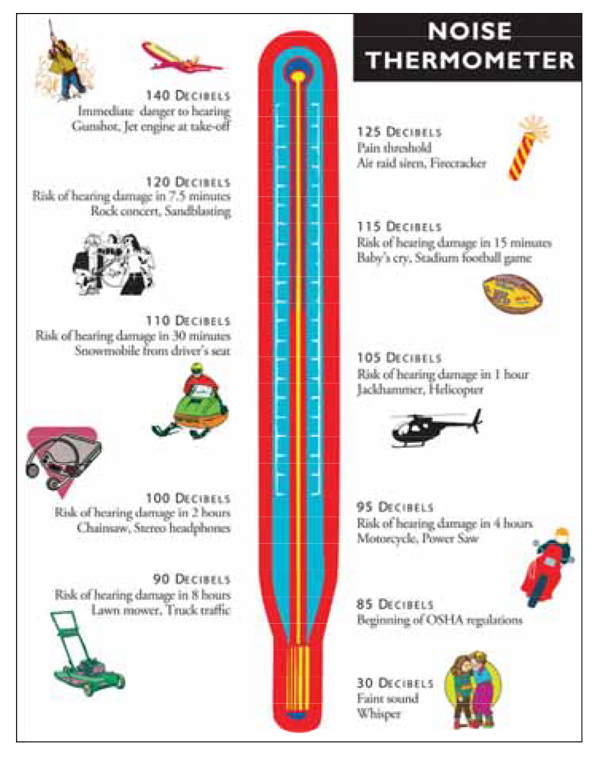Excessive Noise in the Workplace
Exposure to excessive noise can cause temporary or permanent hearing loss. Below is an extract from the CMPA’s updated “WORK SAFELY REFERENCE MANUAL” providing handy hints on managing noise on your work site.
EXPOSURE to excessive noise can cause temporary or permanent hearing loss or tinnitus (ringing in the ears). It can also cause stress which can lead to accidents.

Hearing loss depends on the level of noise and duration of exposure. According to regulations, a person cannot legally be exposed to more than 85dB (A) over any eight hour period or a peak level of 140dB(C) without controls in place.
Consider the following:
- Is it difficult to communicate between people at a distance of 1m?
- Do you or others notice a reduction of hearing over the course of the day? (This may not be noticed until after work)
- Do you or others experience:
- Ringing in the ears?
- The same sounds having different tones in each ear?
- Blurred hearing?
- Difficultly hearing?
- Is hearing protection provided?
- Do signs indicate hearing protection needs to be worn?
- Have there been any claims for work-related hearing loss?
- Does information supplied with mobile or fixed plant indicate noise levels equal to or greater than those identified above?
- Does the Noise Thermometer, suggest the noise level of any plant is greater than the limit imposed by Regulations?
If you answer ‘Yes’ to one or more of these questions, it indicates that further investigations are required. This may consist of measuring noise exposure, conducting hearing checks and making changes accordingly.
If you cannot hear normal conversation at a distance of 1m, you may be subjected to too much noise.
If it is established that noise is an issue, controls could include:
- Eliminate the source of the noise (i.e. change the process, upgrade the plant)
- Reduce the amount of noise generated (i.e. baffles, dampers or enclose either the plant or operator)
- Using administrative controls, reduce the noise people are exposed to (i.e. time spent on shift, monitoring)
- Use PPE controls to reduce exposure (i.e. hearing protection).
Image courtesy of Sight and Hearing Association of Australia.









You must be logged in to post a comment Login